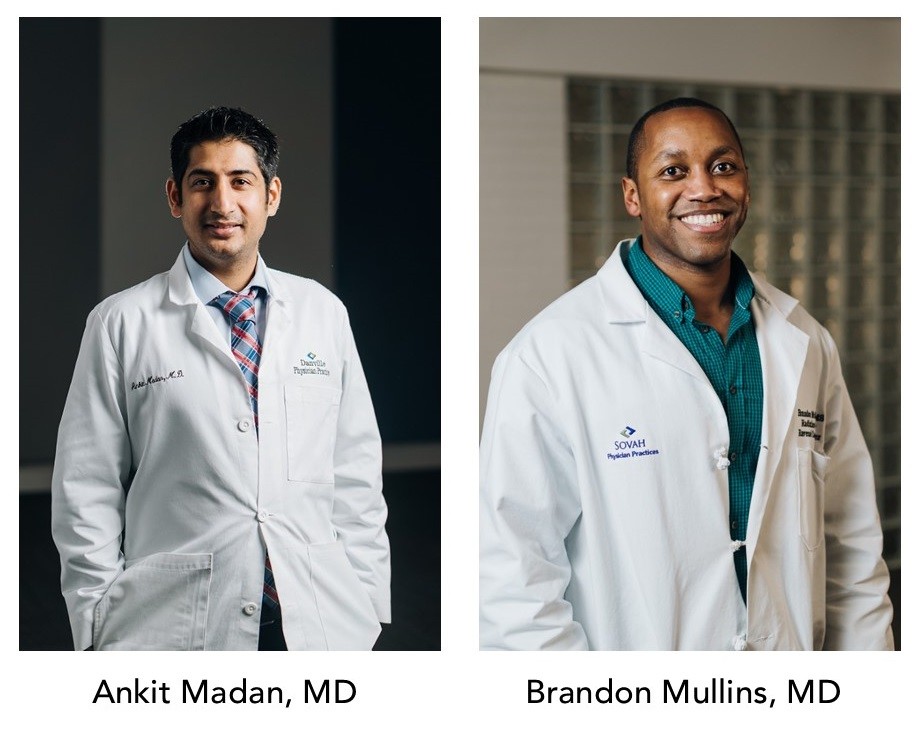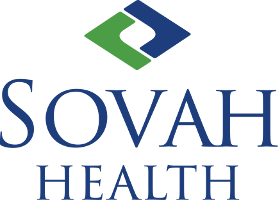Get Your Mammogram: It’s an hour that could save your life
October 4, 2021

By Dr. Ankit Madan & Dr. Brandon Mullins
According to the American Cancer Society (ACS), breast cancer is the most common cancer in women in the U.S., behind only skin cancers. In fact, the ACS puts the average risk as a one in eight chance that a woman will develop breast cancer in her lifetime. The risk is much higher in women with inherited mutations in BRCA1 and BRCA2 gene. According to the World Health Organization, breast cancer is now the most common cancer globally, claiming 12 percent of new cancer cases. Breast cancer is also the second leading cause of cancer death in women in the U.S, superseded only by lung cancer.
So, that’s some not-so-good news. How about some good news? Breast cancer death rates have been dropping steadily. Statistics show that the overall death rate from breast cancer decreased by one percent each year from 2013 to 2018. Now, the question is “why?” Well, the decreases have been associated with several factors, including better treatments and earlier detection through screenings.
Here’s some more good news. You can get screened by scheduling a simple, routine mammogram. A mammogram takes only about one hour, once a year, but the benefits can last much longer. Mammograms help detect breast cancer earlier than waiting for symptoms to appear. Breast cancer, when detected early through routine non-invasive screening, is curable. It’s an incredibly important weapon in the fight against breast cancer. Early detection can result in an easier, less intense, and more effective treatments.
While there are certain modifiable risk factors for breast cancer – including use of contraceptives, hormonal therapy, lifestyle-related risks such as obesity, as well as some risk factors you cannot change, like your family medical history and age – some breast cancer patients have no risk factors or any symptoms. Eighty-five (85) percent of breast cancer cases are in women with no family history of the disease. That’s why early detection is so vital to finding and treating breast cancer.
If you are a woman 40 and older, you should consider including an annual mammogram in your yearly health check-up and journey. If you are at higher risk, you may need to begin annual screenings sooner. Some of those risk factors include genetic mutations, a family history of breast and ovarian cancer, a personal history of receiving radiation therapy or hormone replacement therapy, and a history with the drug diethylstilbestrol (DES).
As with other health issues, it’s important to have a discussion with your trusted healthcare provider about your lifestyle and risks and to determine the right time for you to begin annual breast cancer screening.
October is Breast Cancer Awareness Month, so if you haven’t already scheduled your mammogram for the year, now is a great time to get it on your calendar and get the peace of mind that comes from taking charge of your health. Health is wealth. Its one hour a year that could save your life.
If you would like to schedule a mammogram or talk with a provider about your breast health, call 844.GO.SOVAH/Visit the “Find a Doctor” tab at SovahHealth.com. For more information on breast cancer and mammograms, visit breastcancer.org and cdc.gov/cancer/breast.
